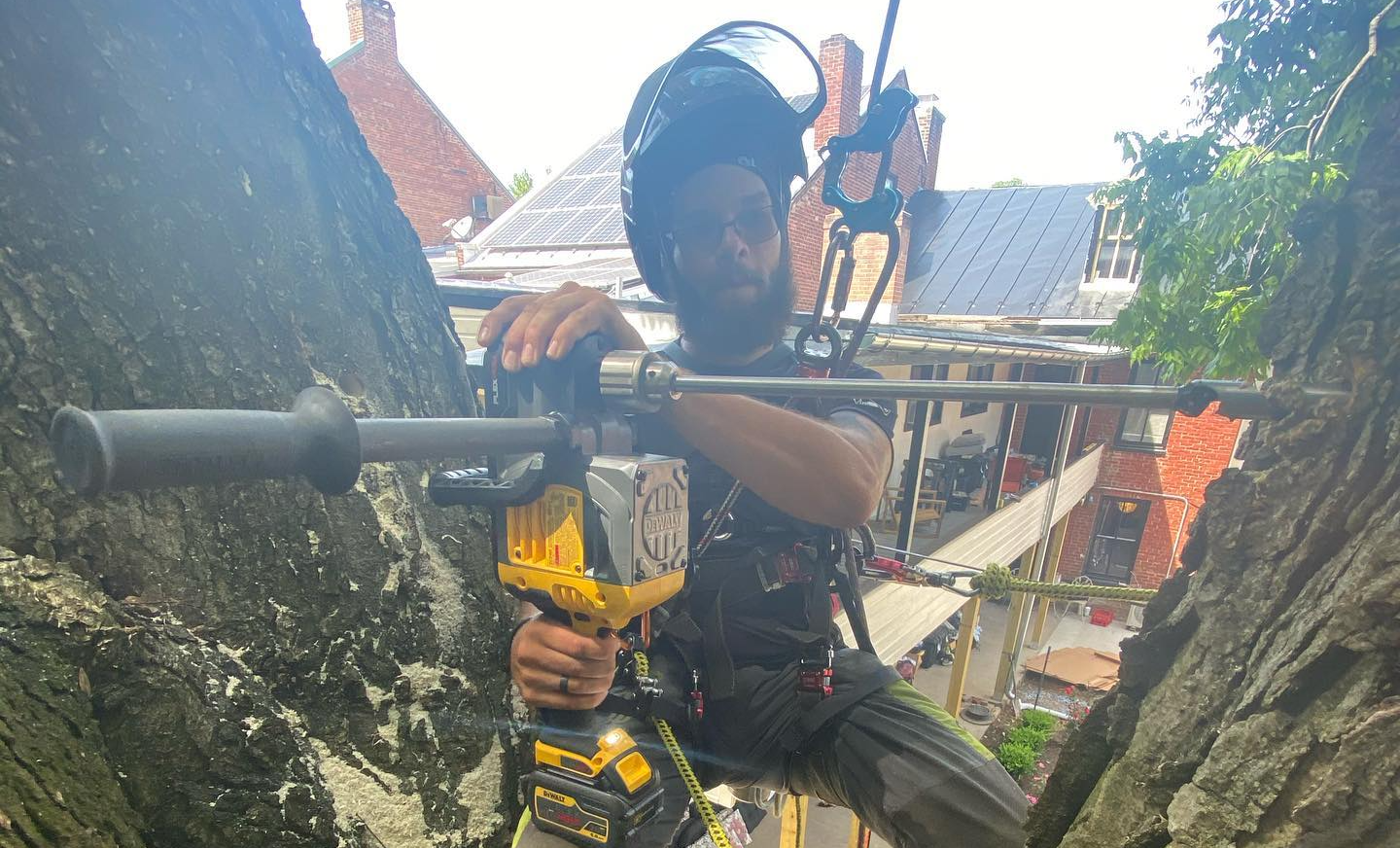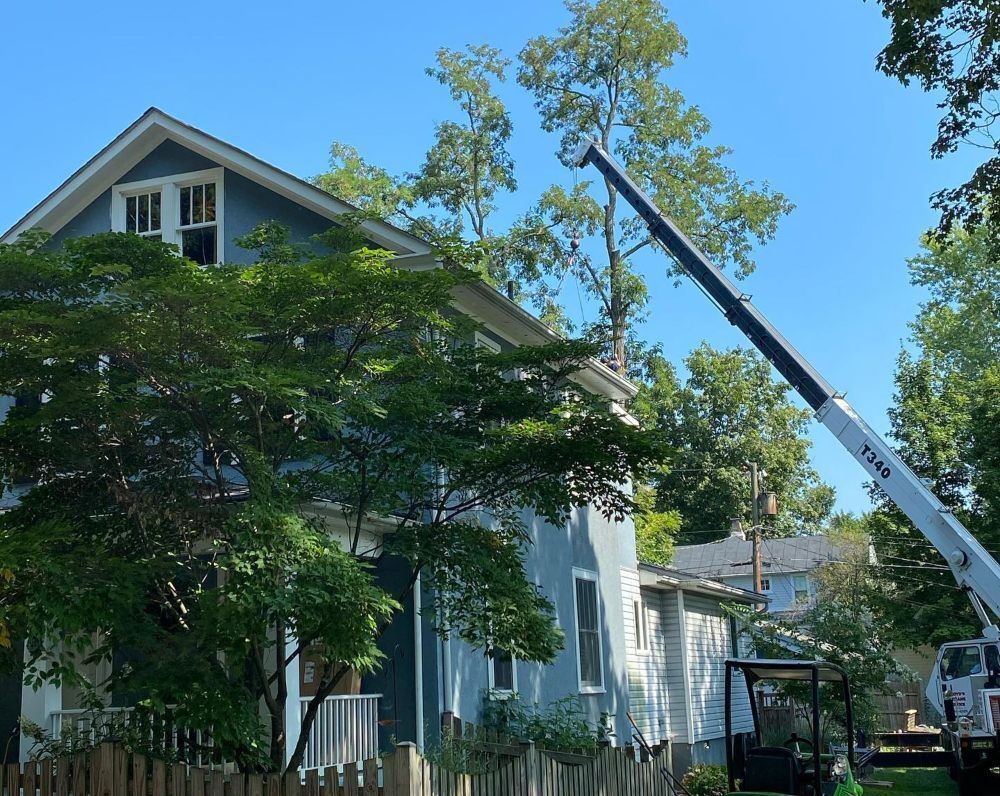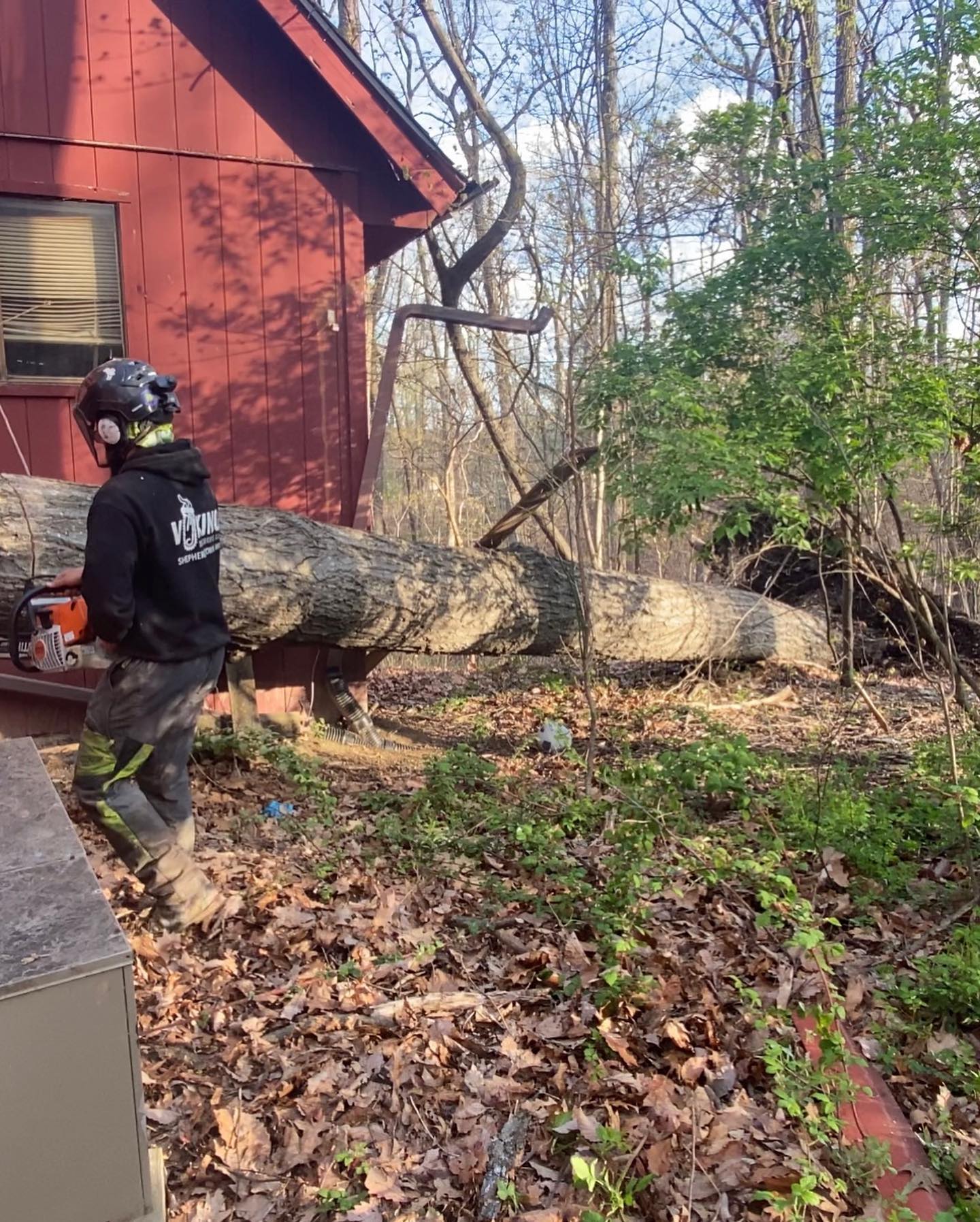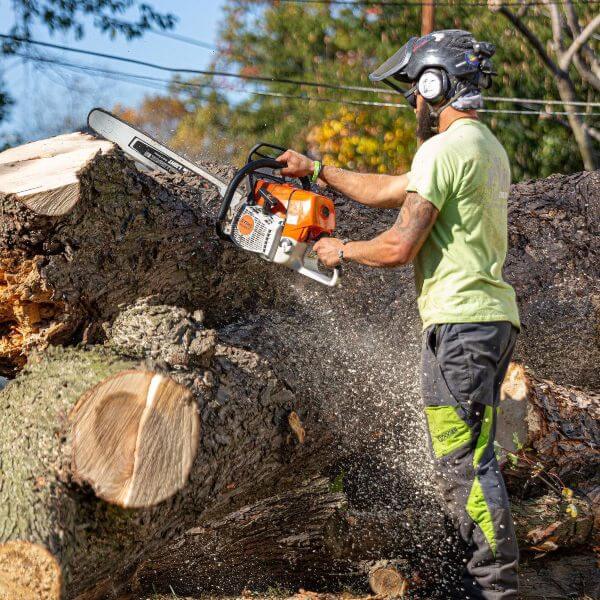Benefits of Integrated Pest Management (IPM)
Enhance your Trees' Resistance to Pests- IPM
Insects and microorganisms are a natural and essential part of your property's ecosystem. Instead of reaching for sprays and bug bombs, it's important to understand that these creatures play a vital role in plant-nutrient recycling, decomposition, and maintaining a healthy landscape. In fact, a landscape without them would be unhealthy, as they contribute to natural pest control and overall ecosystem health.
However, striking the right balance is crucial. When the population of insects and diseases becomes excessive, it can pose a problem for your plants. This is where an integrated pest management (IPM) program can be incredibly beneficial for your landscape. Even if your goal is to have the most beautiful yard on the block, a naturally healthy environment will make it even more appealing.
Destructive tree pests and diseases can periodically affect ecosystems due to natural fluctuations. Unfortunately, when homeowners take uninformed actions against these pests, they often worsen the outbreaks. Implementing IPM with proper guidance can help mitigate the impact of pests on your property. IPM provides a set of steps to promote landscape health, prevent destructive pest outbreaks, and ensure diversity and vitality in your outdoor space.
To start, focus on maintaining the health of your existing trees. Regularly monitor for pests and use preventive and cultural controls, such as appropriate irrigation and mulching. Many qualified plant health care companies can assist you in this aspect.
Increasing tree diversity is also crucial. If you have just one or a few trees, consider adding more tree species to your landscape. Small woodlands with a mix of tree species are generally less susceptible to pest outbreaks compared to monoculture woods. Moreover, having a variety of tree ages contributes to ecosystem stability. Older trees can help regulate potential pests of younger trees through the presence of parasites and predators.
Remember, a healthy landscape is less vulnerable to pest outbreaks and more resilient if an outbreak occurs. Trees that are overcrowded or stressed due to competition for resources like light, water, and nutrients are more likely to be attacked by pests.
Identifying tree health issues at an early stage is crucial. Look out for signs such as yellowing needles or leaves, thinning foliage, or dieback on upper limbs. These problems can result from insect pests, disease pathogens, or other factors like lawn maintenance, construction damage, drought, compacted soil, or misuse of fertilizers and pesticides.
To effectively implement IPM and keep your property healthy and thriving, consult a professional arborist. They can help you develop and maintain an IPM program tailored to your needs. Additionally, a qualified arborist can recommend treatments, such as planting new trees, addressing soil deficiencies, increasing water and nutrients, monitoring for pests, and providing pest management services.
By embracing IPM and promoting a balanced ecosystem, you can ensure the well-being of your trees and create a vibrant and resilient landscape for years to come.
